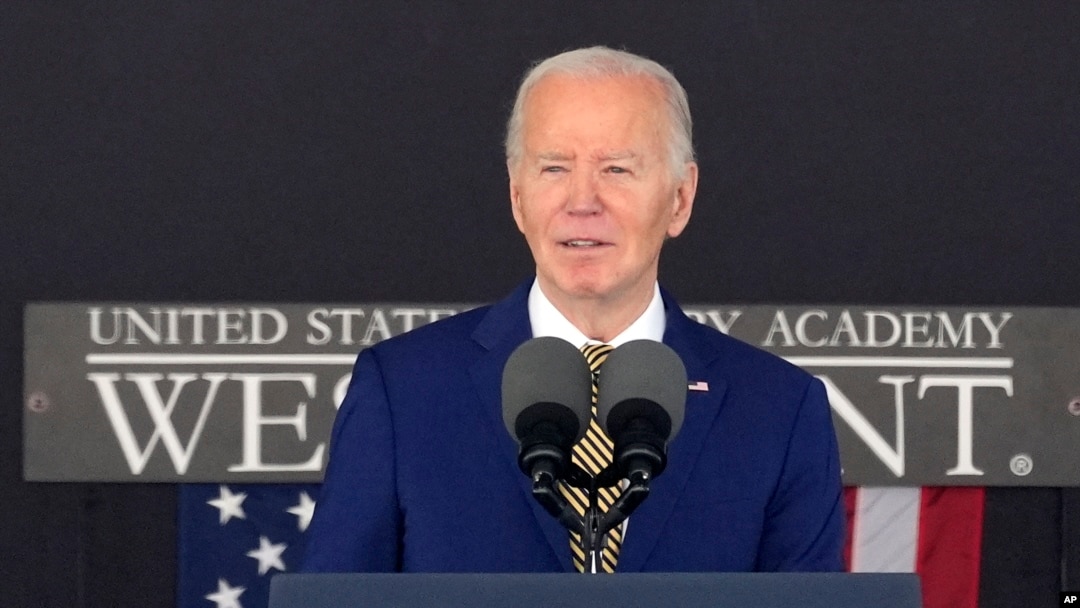U.S. President Joe Biden has given Ukraine the go-ahead to use U.S. weapons to strike inside Russia for the limited purpose of defending the eastern city of Kharkiv, several U.S. officials familiar with the matter told the media.
The move comes amid pleas from Ukraine to allow its forces to defend the country against attacks originating from Russian territory.
Pressure has been growing on the United States to allow the strikes as a number of other NATO countries signaled they were open to the possibility and as NATO Secretary-General Jens Stoltenberg, speaking earlier on May 30 at a NATO foreign ministers meeting in Prague, said that allies should consider lifting restrictions on the use of NATO weapons by Ukraine to hit targets on Russian territory.
According to Politico, which first reported Biden’s policy change, the president “recently directed his team to ensure that Ukraine is able to use U.S. weapons for counter-fire purposes in Kharkiv so Ukraine can hit back at Russian forces hitting them or preparing to hit them.”
Politico cited an unidentified U.S. official who added that the policy of allowing long-range strikes inside Russia “has not changed.”
There’s been no official comment from the White House or reaction from Ukraine.
News of Biden's policy change broke soon after the Pentagon had announced that the United States' stance against using its weapons to attack targets within Russia had remained unchanged.
"The security assistance that we provide Ukraine is to be used within Ukraine. And we don't encourage attacks, or enable attacks, inside of Russia," Pentagon spokeswoman Sabrina Singh said earlier on May 30.
The decision would be a reversal of the U.S. refusal to let Ukraine use American weapons to hit targets inside Russia over fears that it would cause an escalation in the conflict. Germany also had expressed its opposition to allowing the use of NATO-provided weapons to strike inside Russia.
Russian President Vladimir Putin has promised a response, warning of "serious consequences," especially for what he called "small countries" in Europe.


